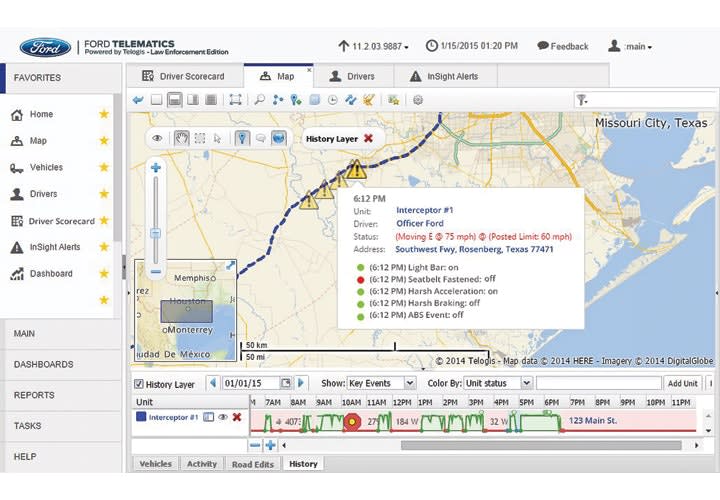The first time most people in the United States ever had an experience with a vehicle telematics system was through OnStar. General Motors' subsidiary OnStar's technology has been available in Chevys and the other makes of GM since the mid-1990s. And while the flashier elements of the system are things like navigation and concierge service, OnStar also includes telematics technology that monitors the condition of the vehicle through sensors and alerts the company's operators to warn customers when something is wrong.
Telematics systems like OnStar receive data from a vehicle's onboard sensors via the built-in computer and transmit that data in real time via cellular connection to a cloud or other type of server outside of the vehicle. Software on the server then analyzes the data and can inform authorized persons what is happening with the vehicle. The systems can monitor a variety of different aspects of vehicle operation, including location, direction, speed, seat belt use, engine RPMs, braking, trouble codes, passenger presence, air bag deployment, light bar activation, siren status, gun lock status, and on and on.













